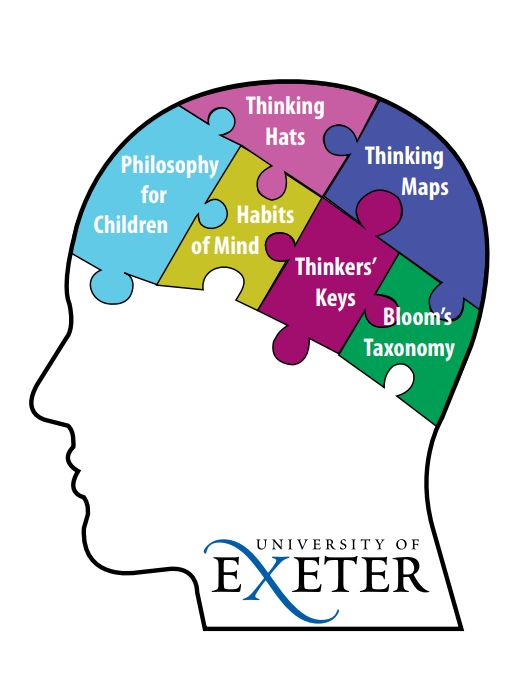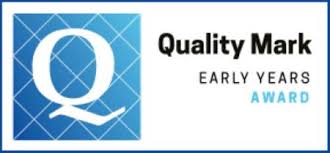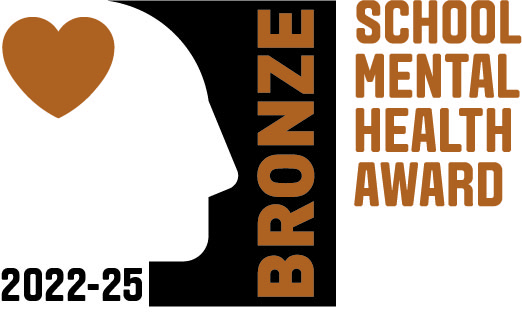Phase 2 (Year 4-6) Writing
The Fantastic Approach to Writing
When teaching narrative writing, Phase 2 uses the Fantastic Approach to Writing, inspired by educational consultant Jane Considine's 'The Write Stuff'. This provides a carefully structured pedagogical approach that enables whole class teaching to support less able writers whilst simultaneously stretching more able writers. This follows a method called "Sentence Stacking" which refers to the fact that sentences are stacked together chronologically and organised to engage children with short, intensive moments of learning that they can then immediately apply to their own writing. An individual lesson is based on a sentence model, broken in to 3 learning chunks. Each learning chunk has three sections:
Initiate section – a stimulus to capture the children’s imagination and set up a sentence.
Model section – the teacher close models a sentence that outlines clear writing features and techniques.
Enable section – the children write their sentence, following the model.
Children are challenged to ‘Deepen the Moment’ which requires them to independently draw upon previously learnt skills and apply them to their writing during that chunk.
The Fantastic Approach to writing uses three essential components to support children in becoming great writers:
The three zones of writing:
IDEAS - The FANTASTICs uses a child friendly acronym to represent the nine idea lenses through which children can craft their ideas.
TOOLS - The GRAMMARISTICS. The grammar rules of our language system and an accessible way to target weaknesses in pupils grammatical and linguistic structures.
TECHNIQUES - The BOOMTASTICs which helps children capture 10 ways of adding drama and poetic devices to writing in a vivid visual.
To help children see this visually, we are using a ‘Writing Rainbow’ with these writing 'lenses' on. This will look slightly different in each year group to show the progression of writing skills in grammar but the FANTASTIC can be applied by all children from Nursery through to Year 6.
Writing lessons will involve children collecting language by chatting and jotting, referred to as ‘chotting’, and writing these ideas on what we call the ‘Thinking Side’ of our English books. The children can then apply these ideas into their own ‘plot point’ paragraph on the ‘Writing Side’.
Teachers will use their classroom environment to show each plot point of the story to help children understand the overall coherence of the story. Below is an example of an English working wall which shows the overall 'plot points' (or paragraphs) and the writing rainbow lenses of the story.

Follow this link to an example of a Year 5 Narrative Writing Lesson







